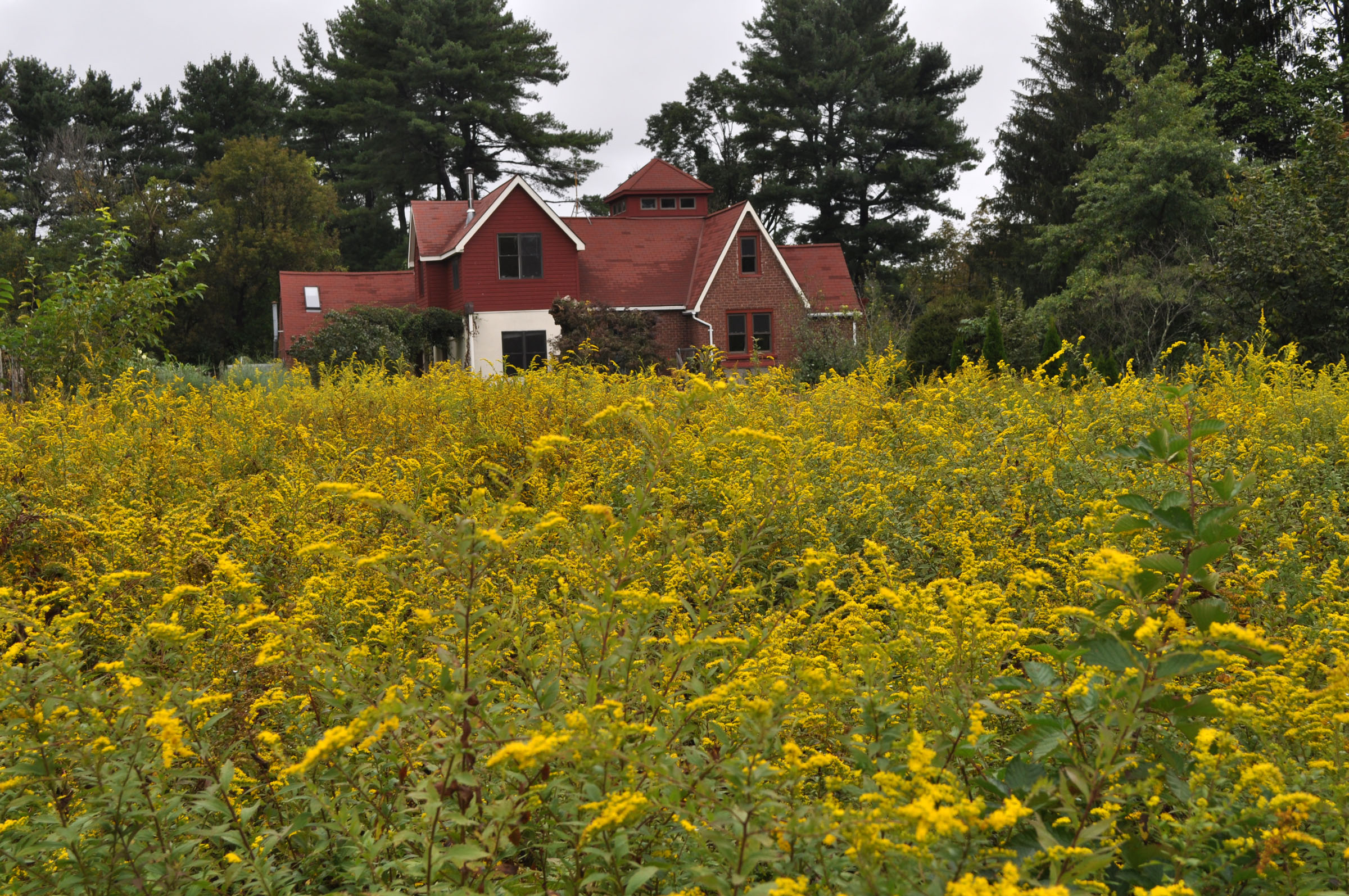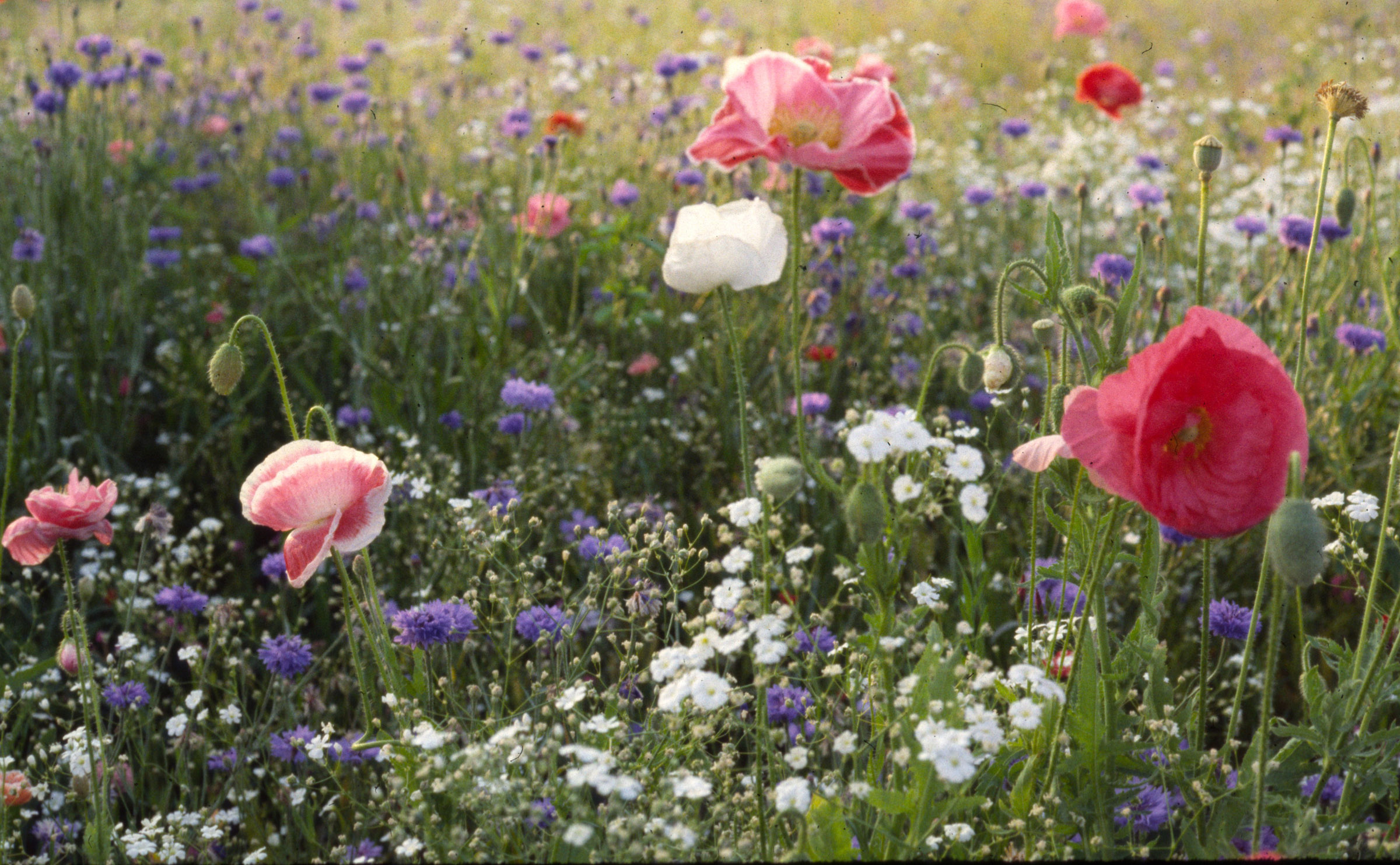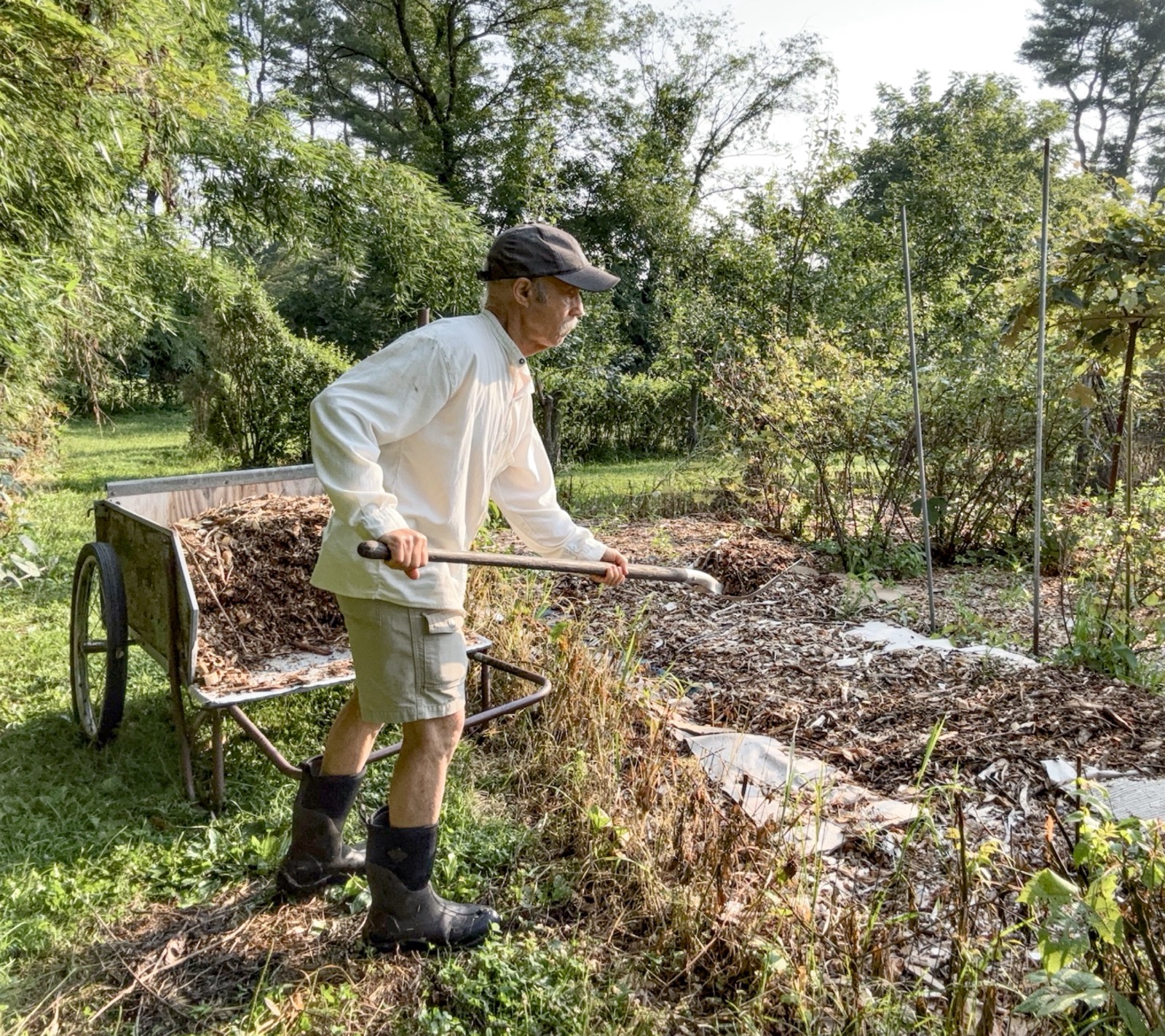EASIER MEADOW PREP
/6 Comments/in Design, Flowers, Planning/by Lee ReichGenesis
In my previous blog post, I described various ways to prepare the ground for a meadow. With that said, I admit to not following any of what I wrote about ground preparation for the meadow here on the farmden. Not that my instructions were wrong. As the old Chinese proverb goes, “There are many paths to the top of the mountain, but the view is always the same.” Meadows also.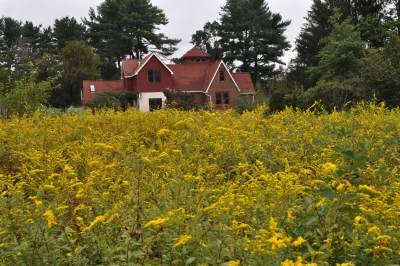
Last week’s meadow prep is geared to the meadow steward who wants to be presented with a riot of color for as long as possible. That view necessitates the killing of existing vegetation and sowing seeds or setting out small plants of desired species.
My own meadow began life under the ownership of my elderly neighbor who, with two riding lawnmowers helmed by her granddaughter Read more
MEADOW BEGINNINGS
/3 Comments/in Design/by Lee ReichSmall Meadow Prep
Despite the low maintenance a mature meadow requires, thorough preparation and planning is needed to establish one. Don’t let “meadow in a can” (a container of meadow plant seeds) or some other promise of an instant meadow fool you into believing that just sprinkling seeds or rolling out a seeded, biodegradable carpet on top the ground will result in a carefree riot of season-long color.
Thorough preparation is needed because meadow plants are not set out in neat rows easily weeded by hand or by hoe. Neat rows, after all, would ruin the random charm of a meadow. The goal, therefore, is to create conditions as weed-free as possible before setting out plants or sowing seeds.
The first consideration Read more
ANTI-SOCIAL WEEDS
/8 Comments/in Gardening/by Lee ReichBest Worst in my Gardens
Do your weeds socialize? Mine mostly do not. That’s at least true for summer’s worst weeds. Each has seemingly staked out its territory in various of my gardens or parts of gardens, and keeps there mostly to itself.
The all-time biggest offender has been Canadian thistle (Cirsium arvense). Its bristly stems and leaves have insinuated themselves all over the place to the west of our main vegetable garden, in among a hogepodge of berry plants. How clever of them, especially getting in there among the gooseberries, where it’s hard enough to pull them from amongst the clusters of berrty stems, and made moreso by gooseberry’s spines.
One control — not cure, though — for the thistle invasion is mulch. Because of thistle’s deep, energetic, errant roots, just any mulch will not do.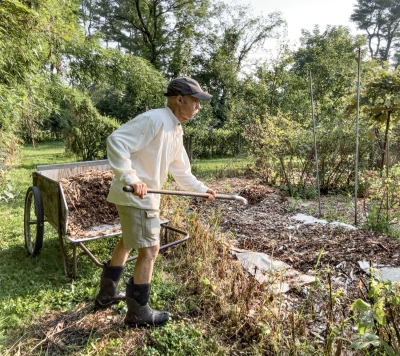 So I’ve resorted, hopefully just for this year, to laying down corrugated cardboard topped with arborist wood chips, a technique beloved to permaculturalists and historically loathed by me. Read more
So I’ve resorted, hopefully just for this year, to laying down corrugated cardboard topped with arborist wood chips, a technique beloved to permaculturalists and historically loathed by me. Read more

